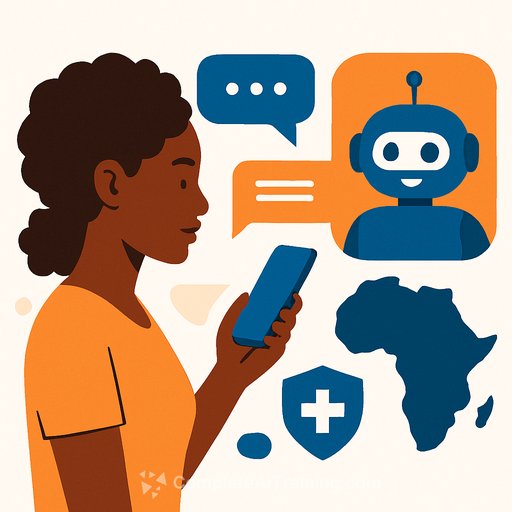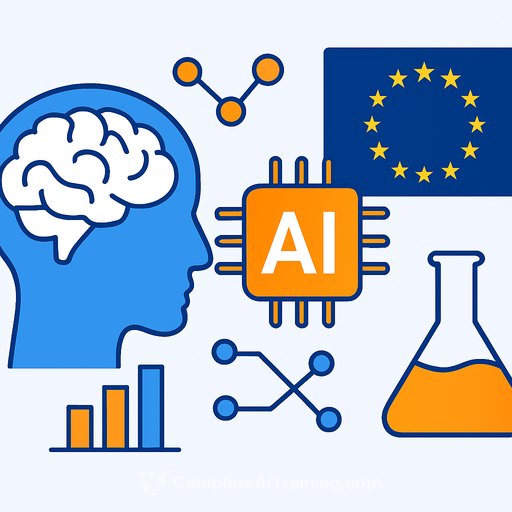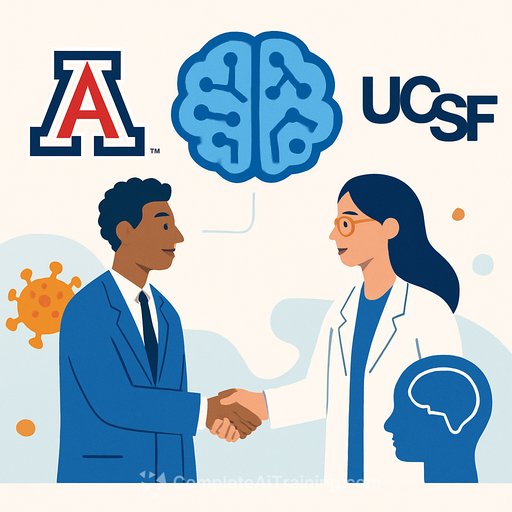AI Chatbots and Public Health in Africa: The Critical Role of Language Inclusion
Language technologies powered by artificial intelligence (AI) are increasingly important tools in public health. From real-time outbreak detection to mental health support chatbots and conversational diagnostic aids, AI is helping to address health challenges globally. Central to these advances is natural language processing (NLP), a branch of AI that enables computers to interpret, generate, and interact using human language.
NLP can analyze vast amounts of health data far beyond human capacity, which is especially beneficial in regions with overstretched healthcare workforces or limited surveillance systems. This capacity supports faster, evidence-based responses to public health needs.
Current State of AI Language Technologies in Africa
A recent review analyzing nearly a decade of research on language AI applications for public health in African countries reveals a mixed picture. Out of 54 studies examined, only 4% demonstrated measurable positive impacts on public health outcomes, such as improvements in mood or vaccination intent. Most projects remain at the development or publication stage, seldom progressing to real-world implementations.
This gap suggests missed opportunities to improve health outcomes across the continent. The COVID-19 pandemic accelerated development of AI tools like health chatbots and sentiment analysis systems. These tools can engage users in friendly dialogue or scan social media to detect misinformation and shifts in public opinion, providing timely and accurate health information.
Language Barriers Limit Reach and Effectiveness
A key limitation is language coverage. Most AI health tools in Africa operate in just a few dominant languages, primarily English and French—languages largely rooted in colonial history. This leaves many communities without access to critical health information in their native languages, reducing the tools' overall effectiveness.
Moreover, few projects have moved beyond experimental stages to deliver measurable health benefits in real-world settings. This highlights the need to prioritize language inclusion and deployment beyond the lab.
Case Study: A Chatbot Increasing COVID-19 Vaccine Uptake
An effective example comes from a collaboration between the Center for Global Development, the University of Chicago, and the Busara Center for Behavioral Economics. They developed a chatbot on Facebook Messenger targeting vaccine-hesitant individuals in Kenya and Nigeria. Although the chatbot was available only in English, it reached over 22,000 users who shared questions and concerns about the COVID-19 vaccine.
The chatbot responded with evidence-based information addressing topics such as vaccine safety, effectiveness, and common misinformation. This intervention increased users’ willingness to get vaccinated by 4-5%, with the strongest improvements among initially hesitant individuals.
Critical to this success was the team's focus on understanding local concerns through focus groups and social media research before development. This user-centered approach allowed the chatbot to tackle specific barriers to vaccination effectively.
Moving AI Language Tools from Research to Real-World Impact
Deploying AI language technologies in public health requires time, funding, and collaboration. While the COVID-19 pandemic sparked rapid development, many tools remain new and untested in operational settings. However, advances in large language models like GPT-4 are lowering technical barriers, enabling smaller teams or individual developers to build AI applications customized for their communities with less data and effort.
To accelerate real-world adoption, support from investors, accelerators, and governments is essential. Additionally, developers should ground their work in community engagement and multi-disciplinary collaboration, incorporating insights from social sciences and public health research.
- Involving communities and healthcare workers in NLP design ensures relevance and usability.
- Expanding AI tools to cover indigenous African languages will broaden access.
- Integrating language technologies into existing health systems can improve sustainability and impact.
Future efforts must go beyond prototypes and lab tests to include rigorous evaluations measuring health outcomes. This approach will confirm the true value of AI language tools in improving public health on the continent.
For professionals interested in AI applications in health and language technologies, exploring specialized courses and training can provide practical skills to contribute to this evolving field. Resources such as Complete AI Training’s latest AI courses offer relevant learning opportunities.
Your membership also unlocks:






